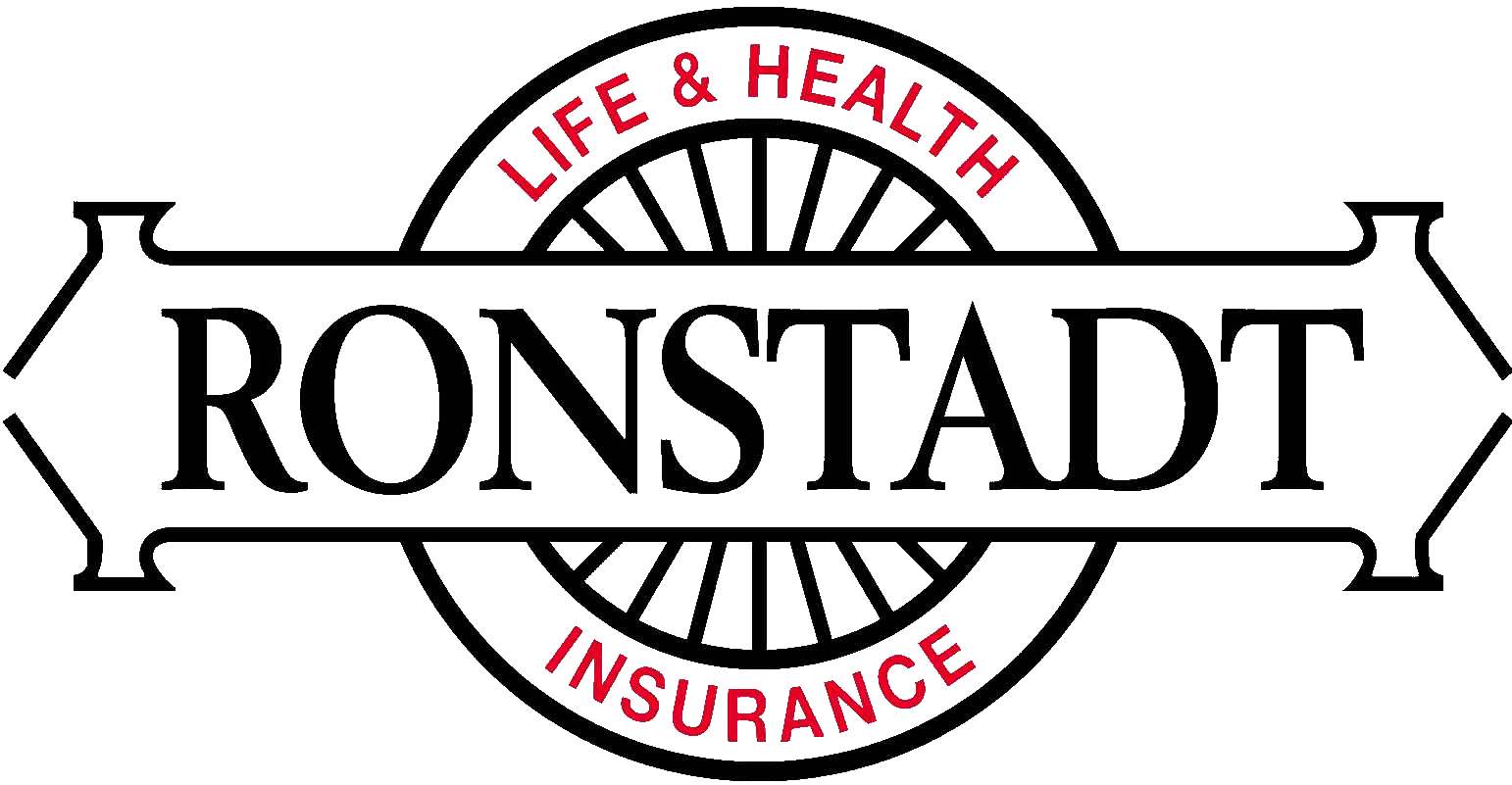Rebates, Rebates, Rebates
Medical Loss Ratio Rebates and Notifications
The 2012 Medical Loss Ratio (MLR) have been calculated! The MLR is 85 percent for issuers in the large group market and 80 percent for issuers in the small and individual group markets. Issuers that do not meet the applicable MLR standard must provide rebates to consumers.
Not all carries met the MLR thresholds, Blue Cross Blue Shield of Arizona, United Healthcare did not, but Healthnet of Arizona did.
As an Employer, what should you do if you receive a check?
- If the employer is the policyholder, as is most often the case, the portion of the rebate that must be treated as a plan asset depends on who paid the insurance premiums. For example:
- If the premiums were paid entirely out of trust assets, the entire rebate amount is a plan asset;
- If the employer paid 100 percent of the premiums, the rebate is not a plan asset and the employer can retain the entire rebate amount;
- If participants paid 100 percent of the premiums, the entire rebate amount is a plan asset; and
- If the employer and participants each paid a fixed percentage of the premiums, the percentage of the rebate equal to the percentage of the cost paid by participants is a plan asset.
- If the employer was required to pay a fixed amount and participants were responsible for paying any additional costs, the portion of the rebate that does not exceed the participants’ total amount of contributions for the MLR reporting period would be a plan asset.
- If participants paid a fixed amount and the employer was responsible for paying any additional costs, the portion of the rebate that does not exceed the employer’s total amount of contributions during the MLR reporting year would not be a plan asset.
- If the premiums were paid entirely out of trust assets, the entire rebate amount is a plan asset;
In any case, under the DOL’s guidance, employers are generally prohibited from retaining a rebate amount greater than the total amount of premiums and other plan expenses paid by the employer.
How Should the Rebate be Used?
Once an employer determines that all or a portion of an MLR rebate is a plan asset, it must decide how to use the rebate for the exclusive benefit of the plan’s participants and beneficiaries. DOL Technical Release 2011-04 identifies the following methods for applying the rebates:
- The rebate can be distributed to participants under a reasonable, fair and objective allocation method. If the employer finds that the cost of distributing shares of a rebate to former participants approximates the amount of the proceeds, the fiduciary may decide to limit rebates to current participants. Also, an allocation does not fail to be impartial merely because it does not exactly reflect the premium activities of participants.
- If distributing payments to participants is not cost-effective because the amounts are small or would give rise to tax consequences to the participants, the employer may utilize the rebate for other permissible plan purposes, such as applying the rebate toward future participant premium payments or toward benefit enhancements.
If a plan provides benefits under multiple policies, the employer must be careful to allocate the rebate for a particular policy only to the participants who were covered by that policy. According to the DOL, using a rebate generated by one plan to benefit another plan’s participants would be a breach of fiduciary duty.
There are also tax ramifications for distributed rebates, for more information click here to download How Employers Should Handle MLR Rebates 030413.
If you have additional questions, we are available at (520) 721-4848.

















